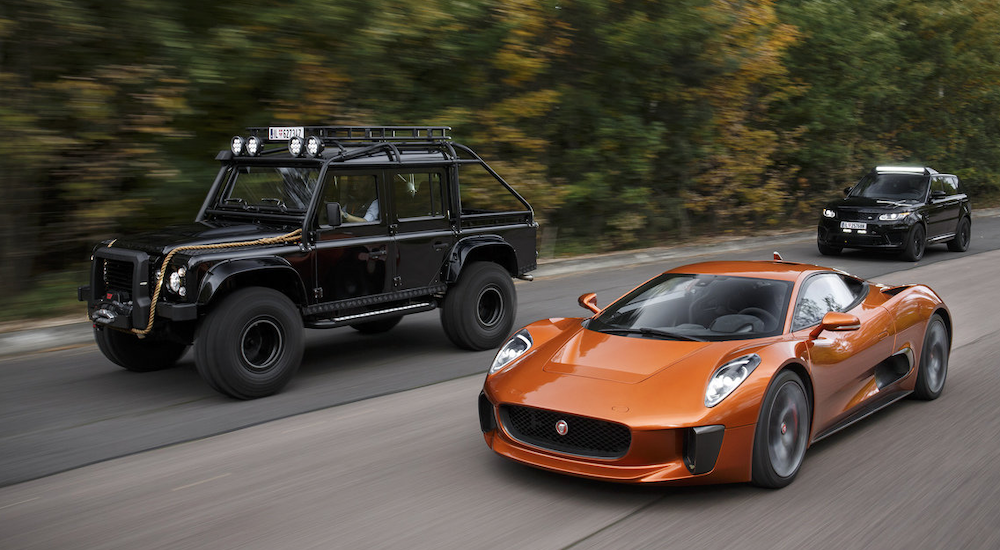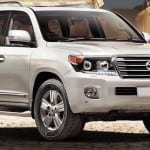Today on AutoInfluence, we look at Jaguar Land Rover, their last decade of ownership under Tata Motors and the questionable nature of their longterm viability.
Just over ten years have passed since the June 2, 2008 acquisition of Jaguar Land Rover by Tata Motors for a cool $2.3 billion dollar ‘all-cash’ transaction. At the time, JLR was a floundering dinosaur enduring a near half-a-billion dollar loss as part of the impending global recession. On the other hand, Tata Motors was a lesser-known global player of Indian origin but an ally of Ford Motor Company, looking to step into the big league. Committing to investments of time, patience and (of course) some financial risk as well, Tata Motors immediately set out to restore JLR’s profitability. But with bailout-weary banks less likely to fund automakers during this period of a suffering economy, the goal proved a daunting task.
Fortunately, an additional invention of $1.3 billion from Tata provided the initial funding for the new strategy. Nearly a dozen teams were set up to implement needed technology upgrades, and product development. JLR retained their management structure, under cash management guidance provided by Tata and by 2010, had already managed to turn a profit.
Extrapolate that momentum across the first decade of ownership and it’s hard not to be impressed by the consistency of JLR’s growth under Tata’s leadership. In fact, by the end of the 2016-2017 fiscal year, the automaker’s revenue had increased by 500% with total sales increased by 316%. All but validating the decision made by Tata Motors to acquire JLR, both companies had been able to enjoy both the right kind of global exposure, and the financial fruits of their efforts. Unfortunately, the sense of victory would be diminished come 2018.
At the beginning of the year, annualized returns of Tata Motors shares stood at a respectable 20%. However, they have since decreased to a mere 4%. Bolstered primarily by respectable sales in the US market (among other developed areas) major failings in the Chinese market (among others) prove troubling. As a result, the nosedive of Tata shares has generated some concern as to the stability of JLR’s long-term standing.
As voiced by one industry insider, requesting anonymity. “A big worry is that JLR does not have the capital necessary for future growth, especially with the shift away from traditional diesel vehicles.”
With so many automakers immersed in the development of alternative sustainable energies and autonomous driving technologies, JLR now seems ill-prepared and ill-funded to invest accordingly. Even the I-Pace battery electric crossover feels isolated, the automotive equivalent of all eggs in a single basket. This lack of relevance, combined with plummeting sales, ever-increasing inventory levels and weakened cash flows, JLR just aren’t operating in the same position as some of their deeper-pocketed competitors.
But this is only one piece of the puzzle. Moments ago, we had referred to JLR’s failings in the Chinese market. Faced with numerous product recalls, Chinese dealerships claimed that they were forced to sell vehicles at discounts of up to 70%. But neither quality issues, or the associated coverage, were exclusive to China. Evaluation by J.D. Power and Associates would determine 160 problems for every 100 vehicles within the first 90 days of ownership, placing JLR dead last in terms of quality assurance.
According to a JLR spokesperson, the automaker is “dedicated to delivering the finest quality vehicles to our customers and improving this is a continuous commitment throughout the design, engineering and manufacture of our cars. We have the processes and people in place to ensure we will do so.”
And that process, appears to intimately linked to the company’s new ‘Charge & Accelerate’ transformation program, a $3 billion uphill battle that aims to re-establish JLR as relevant innovator. Unfortunately, any positive momentum resulting from the strategy seems overshadowed by the massive staffing and operational cuts needed to sustain it.
It’s hard to anticipate where JLR will go from here, but it’s safe to say that the next few years could prove “make or break” for the company. Considering the longevity of both the Jaguar and Land Rover brands, it’s a damning declaration of the importance of continual innovation to the industry as a whole.
This has been AutoInfluence. Thanks for listening.





